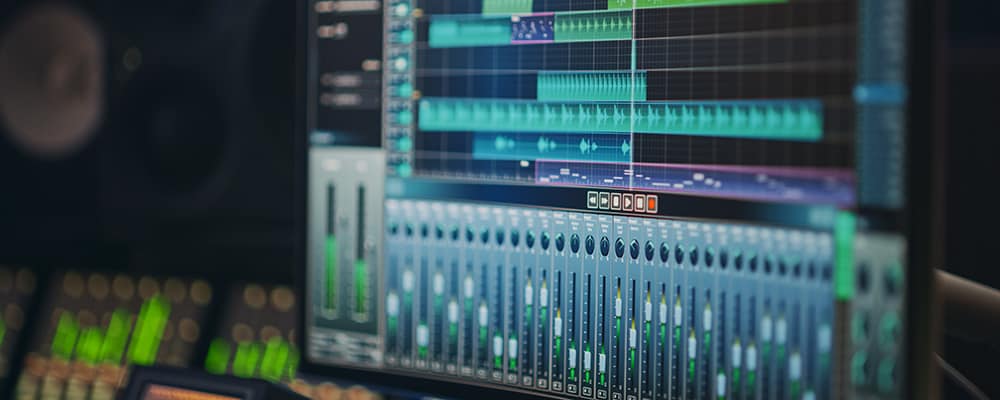

To enable this feature, go to Sounds and double-click on an audio device. Dolby Atmos for headphones is available for many games including Assassin’s Creed, Rise of the Tomb Raider, and Gears of War 4.
Audio overload windows Pc#
Instead, it’s a digital signal processor that works by mixing the sound of your PC for an enhanced audio experience. Unlike the traditional Dolby Atmos, this feature doesn’t need any special hardware or receiver.
Audio overload windows update#
The Windows 10 Creators Update brought this feature to many PCs, and it lets you get a spatial sound experience on your headphones. Get Dolby Atmos for Spatial SoundĪnother cool way to boost audio is to enable the ‘Dolby Atmos for headphones’ feature. Plus, if you want to fine-tune your audio experience, you can tweak the EQ settings and the presets. Other than that, it comes with four sound effects - Ambience, Fidelity, Night Mode, and Spatial.

Its advantage is that it’s not hardware dependent and works across multiple headphones. This volume booster and equalizer app not only increases the overall system volume but also bundles a handful of sound related features.īoom 3D’s one of the key features is the 3D Surround which brings a positional surround sound experience to headphones. If your system doesn’t have the support for Loudness Equalization, the best option is to invest in a third-party audio booster like the Boom 3D. Now, navigate to the Enhancements tab and check the option for Loudness Equalization. Double-click on Speakers option under Playback which will bring up the Speakers Properties. To access the sound settings, right-click on the Volume icon on the taskbar, and select Sounds. This feature works across most integrated sound cards, and you can find it under the Sound Settings. One of them is Loudness Equalization, which when enabled boosts the maximum volume by about 150%. Windows has a handful of sound enhancement features, but sadly they are often overlooked. The improved CPU Load Meter now displays the current (total) CPU usage as well as the average CPU usage.Let’s take a look. To enable this function, navigate to the Show/Hide CPU Load Meter Section on the right side of Live’s Session View and select the “C” icon. How do I enable Per Track CPU Load Meters?

You can view the CPU meter on the bottom of any MIDI or audio track in Session View. This feature is useful in both the studio and in live environments, providing you deeper oversight on which elements can be adjusted for optimal performance. Per track CPU meters help you gain a better overview of the amount of CPU each track your Live Set is currently using. You can monitor background processes In the Activity Monitor of MacOS or the Task Manager of Windows. Hence, it is expected users may see an increased CPU usage in the CPU meter when this is happening. Please note that the first time you start Live 11, other processes such as the indexing of Browser items might be ongoing in the background and these processes will use resources like CPU, Disk and RAM to complete. If you no longer wish to see the CPU Overload Indicator, you can simply select the meter in the top right corner and disable the option labeled: "CPU Overload Indication".

In cases like this, it is likely that the "Current" setting has experienced a temporary overload while the "Average" CPU consumption is below the overload threshold. This means that while using "Average" setting the CPU Overload Indicator may become illuminated even though the meter does not appear to reach 100%. The CPU Overload indicator combines the "Average" and the "Current" CPU usage to provide a precise gauge of the CPU consumption in a Set. The CPU meter in Live 10 is only capable of measuring the average CPU, which results in the meter fluctuating less frequently. This is expected as the meter is now capable of measuring and displaying the total current CPU usage. Note: You may find that the CPU load meter is more active in Live 11 when using the "Current" setting compared to Live 10. Live now includes per track CPU load metering as well as an improved overall CPU Load Meter, helping you to more accurately gauge and respond to CPU activity while using Live.


 0 kommentar(er)
0 kommentar(er)
